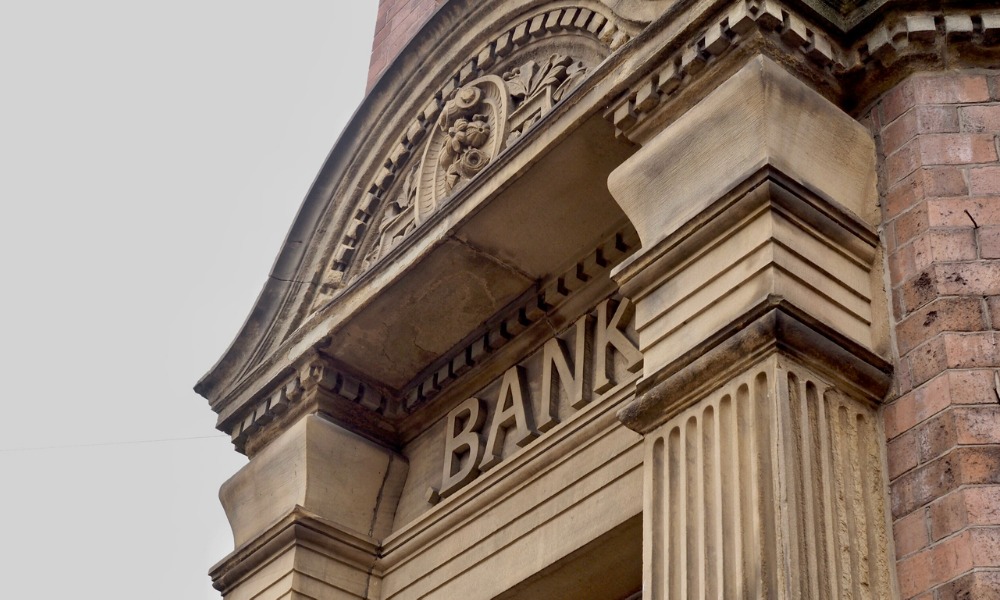Major bank joins others in a more optimistic outlook for house prices

Westpac has revised its forecast for national house price inflation to 7% for the year 2023, aligning with the optimistic outlook shared by the Commonwealth Bank and National Australia Bank.
This update comes after Westpac initially predicted a stable housing market for the same period in April, The Australian reported. The new forecast from Westpac is further bolstered by expectations of a 4% price rise in 2024.
Scott Haslem, Westpac's senior economist, expressed confidence in the revised outlook, citing factors such as the prospect of interest rates remaining unchanged for an extended period and a projected decline in the second half of 2024.
“The growth outlook also looks a little less threatening, with labour market conditions holding up better than expected and rate rises now expected to deliver a milder hit to disposable incomes,” Haslem told The Australian. “The consistent picture from prices, turnover, auction activity, new finance approvals and sentiment is of a broadening recovery, albeit one that is being led by prices with the volume of activity and demand still relatively subdued.”
Despite ongoing challenges, the housing market is showing signs of recovery, primarily driven by rising prices with relatively subdued activity and demand levels. Westpac reported that capital city house prices have already increased by 4% since the beginning of the calendar year, recovering much of the 9.7% decline witnessed over the previous 10 months, The Australian reported. These gains have been sustained despite multiple rate hikes by the Reserve Bank of Australia in February, March, May, and June.
Key factors driving the ongoing price gains are thought to be a rapid increase in migration inflows and the subsequent tightening of rental markets, according to The Australian. These trends have occurred against a backdrop of relatively low levels of housing supply available on the market. In July, the National Australia Bank predicted a 4.7% rise in property prices for 2023, with a further 5% increase projected for the following year. The Commonwealth Bank, in May, anticipated a 3% rise in home prices this year and a 5% rise in 2024.
Read next: AFG data focuses on residential lending landscape
ANZ, on the other hand, revised its previous forecast of an 11% decline for 2023 to a stable market followed by a 5% increase in 2024, according to The Australian.
Tim Lawless, executive research director for the Asia-Pacific at CoreLogic, highlighted that the factors traditionally associated with home value fluctuations, such as interest rates or favourable fiscal policies, are not the primary drivers of the current upward trend.
“None of that has really happened,” Lawless told The Australian. What’s behind it is the imbalance between supply and demand. Listing numbers have been remarkably low in places like Brisbane and Adelaide and have been tracking 40% below average. Then you have demand generally at average, if not higher than average. It’s basically Economics 101 – supply and demand.”
According to the recent PropTrack Property Market Outlook Report, property prices in Australia are expected to rise between 2% and 5% by the end of 2023, following a 2.3% increase in the first half of the year, The Australian reported. Capital cities are anticipated to experience a 3% to 6% increase, though cities like Hobart and Darwin may see slight price decreases during the rest of 2023.
Have something to say about this story? Let us know in the comments below.



